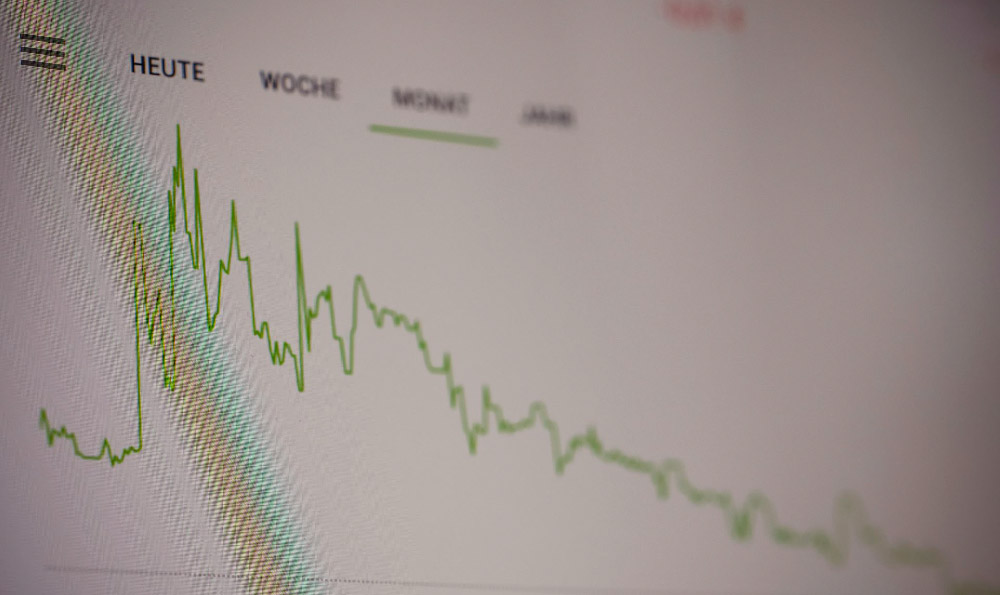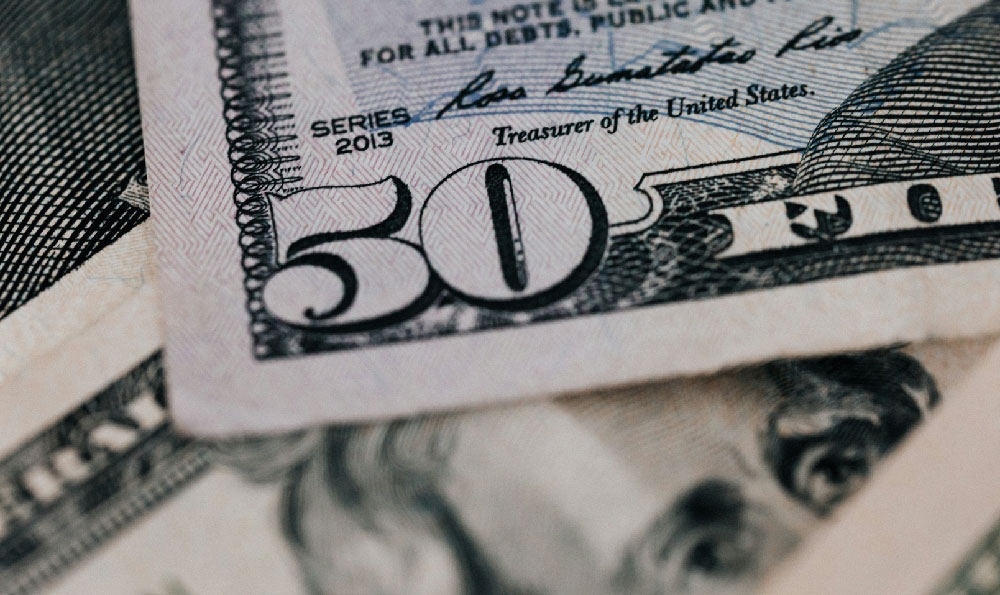The allure of generating income through YouTube is undeniable, especially with the rise of the creator economy. While the platform offers numerous avenues for monetization, understanding the subscriber count requirement and potential earnings is crucial for aspiring YouTubers.
To directly monetize content on YouTube through its Partner Program (YPP), a channel must meet specific eligibility criteria. One of the core requirements is having at least 1,000 subscribers. This threshold serves as a barrier to entry, ensuring that creators have a certain level of engagement and a dedicated audience before gaining access to monetization tools. Beyond subscriber count, the channel must also accumulate 4,000 valid public watch hours within the past 12 months. This stipulation is designed to filter out channels with inactive subscribers or those relying on artificial views. Meeting both these criteria is essential for submitting an application to the YPP. Furthermore, adherence to YouTube's Monetization Policies is paramount. This includes copyright rules, community guidelines, and AdSense program policies. Violations can lead to application rejection, demonetization, or even channel termination.
Achieving 1,000 subscribers is a significant milestone, but it's merely the first step towards turning a YouTube channel into a revenue-generating asset. The earnings potential varies widely and depends on numerous factors, including:

- Niche: Some niches are inherently more lucrative than others. For example, finance, technology, and health-related content often attract higher advertising rates due to the demographics of their viewers and the products and services being advertised.
- Audience Demographics: Advertisers are willing to pay more to reach specific demographics. If a channel’s audience consists primarily of affluent viewers in developed countries, ad rates will likely be higher compared to a channel targeting a younger demographic in a developing nation.
- Engagement Rate: A high engagement rate (likes, comments, shares) signals to YouTube that a channel's content is valuable and resonates with its audience. This can positively impact ad revenue.
- Ad Formats: YouTube offers various ad formats, including display ads, overlay ads, skippable video ads, non-skippable video ads, and sponsored cards. Choosing the right ad formats can impact revenue. Longer, non-skippable ads generally generate higher revenue per impression, but they can also be intrusive to viewers.
- CPM and RPM: CPM (Cost Per Mille) is the amount advertisers pay for 1,000 ad impressions. RPM (Revenue Per Mille) is the revenue a creator earns for every 1,000 views after YouTube's cut. RPM is a more accurate reflection of earnings. Both metrics fluctuate based on the factors mentioned above.
- Seasonality: Advertising rates tend to be higher during certain times of the year, such as the holiday season, when businesses are more eager to promote their products and services.
It's difficult to provide a precise earnings figure for a channel with 1,000 subscribers. However, as a very general guideline, a channel meeting the YPP requirements can expect to earn a relatively modest income at this stage. Some channels might generate a few dollars per day, while others might earn significantly more or less.
Beyond AdSense, there are several alternative monetization methods:
- Affiliate Marketing: Promoting products and services through affiliate links and earning a commission for each sale made through those links. This is effective when the products are relevant to the channel's niche and audience.
- Merchandise: Selling branded merchandise, such as t-shirts, mugs, and stickers, to dedicated fans.
- Channel Memberships: Offering exclusive content, perks, and benefits to paying members of the channel.
- Super Chat and Super Stickers: Allowing viewers to pay to have their messages highlighted during live streams.
- Sponsorships: Partnering with brands to create sponsored content or feature their products in videos. This is often a more lucrative option than AdSense, but it requires a larger and more engaged audience.
- Patreon or Other Crowdfunding Platforms: Soliciting support from fans through ongoing subscriptions or one-time donations.
To maximize earnings potential, focus on creating high-quality, engaging content that resonates with a specific target audience. Optimize videos for search by using relevant keywords in titles, descriptions, and tags. Promote videos on social media and other platforms to drive traffic and increase viewership. Interact with viewers in the comments section to build a loyal community. Analyze YouTube Analytics to track performance and identify areas for improvement. Experiment with different monetization methods to diversify revenue streams.
Building a successful YouTube channel requires patience, persistence, and a strategic approach. While reaching 1,000 subscribers is a necessary step for monetization, it's only the beginning of the journey. Continuously refining content, building an engaged audience, and exploring diverse revenue streams are essential for achieving long-term financial sustainability on the platform. Don't get discouraged by slow initial growth. Focus on providing value to viewers and building a community, and the monetization opportunities will naturally follow. Remember that YouTube is a marathon, not a sprint.












